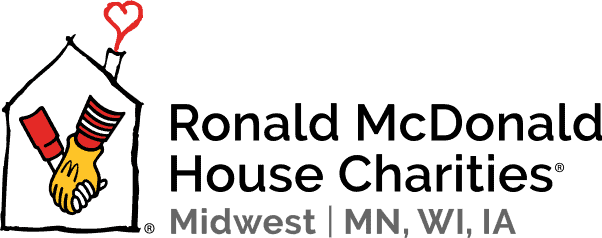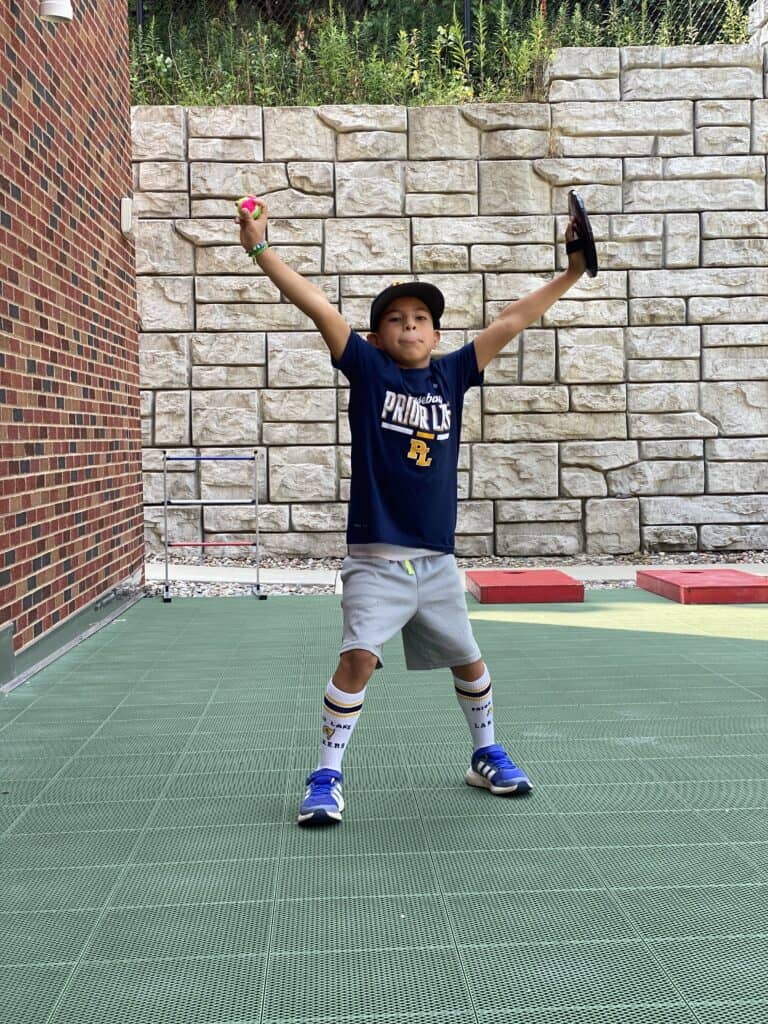
ABCs of Andrés
Andrés was adopted from Bogotá, Colombia, when he was 21 months old, but that was the least astonishing part of

Andrés was adopted from Bogotá, Colombia, when he was 21 months old, but that was the least astonishing part of
Every year on rare disease day, every front porch in a small Minnesota town is illuminated by purple lights…and every
Waylon was born 10 weeks early at 1 pound, 8 ounces, and 12 inches long. He had already persevered; now
Parents rarely feel prepared for twins. They feel even less prepared when the twins are born four months early. Ashley
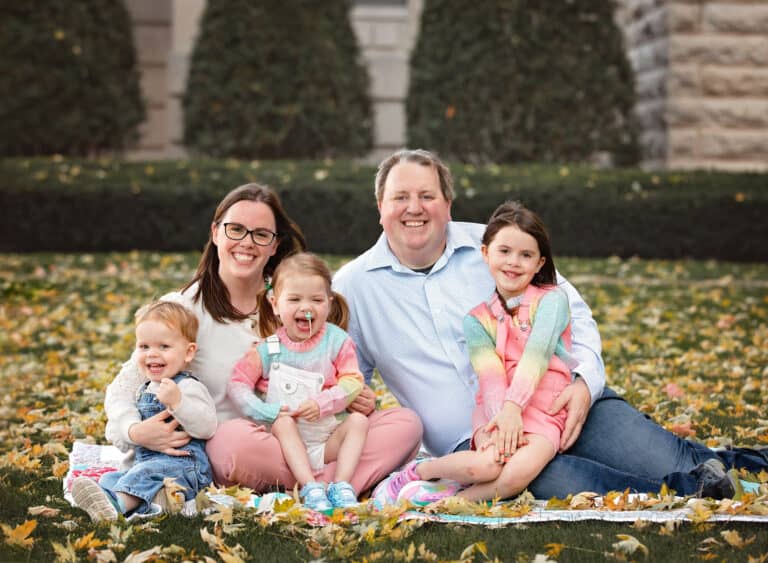
As Laura glanced at her phone, it started ringing… It was their doctor’s personal cell phone. “We just accepted a
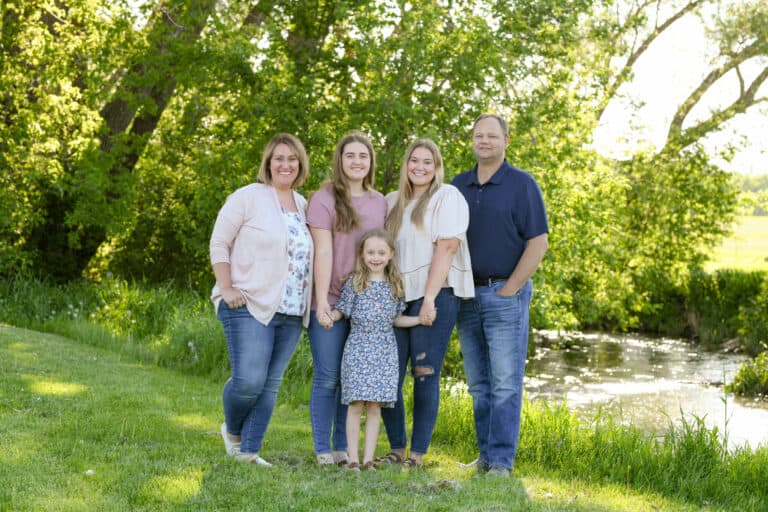
It’s a Minnesota family’s dream: a Hawaiian vacation to escape the winter cold. But for Jill and Greg…it quickly turned

Despite being born at 34 weeks, Alejandro was normal size and had no lingering medical concerns. Seven months later…he was

Surprises are generally good, but when Ethan was born…it was a challenging surprise for him and his parents. “You can’t
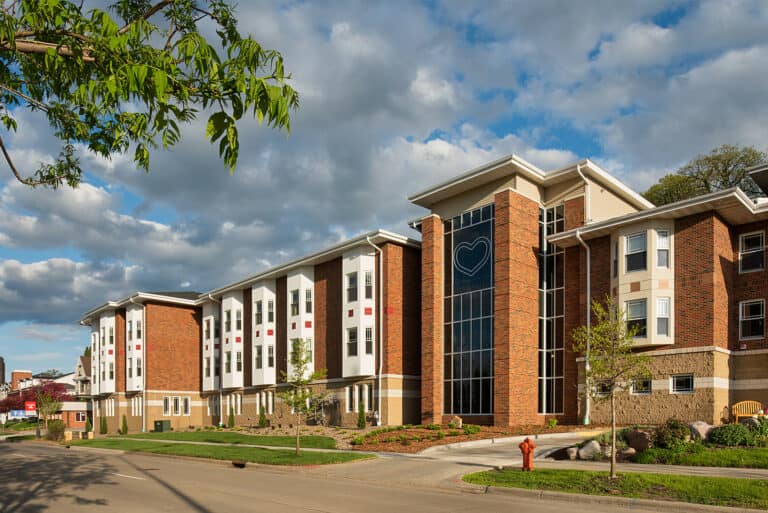
As the Ronald McDonald House of Rochester, Minnesota, prepares for the future as one of the largest Houses in the
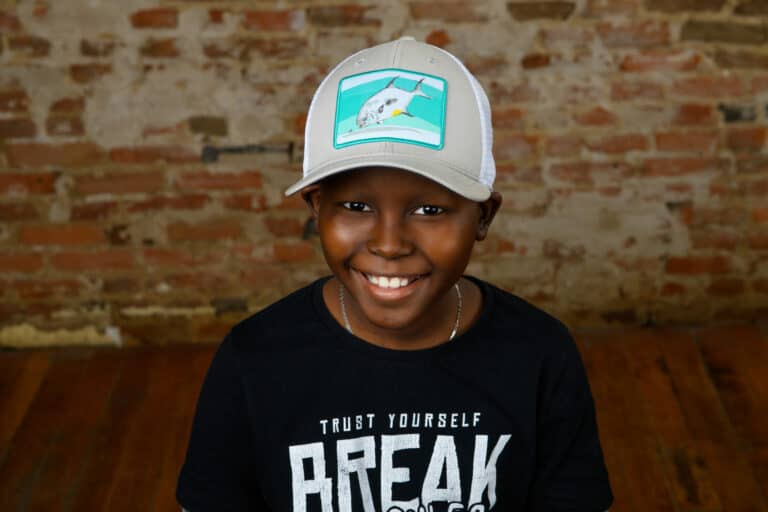
Javohn and his dad, Thomas, did not expect such a long and difficult journey. But after two tumors and one
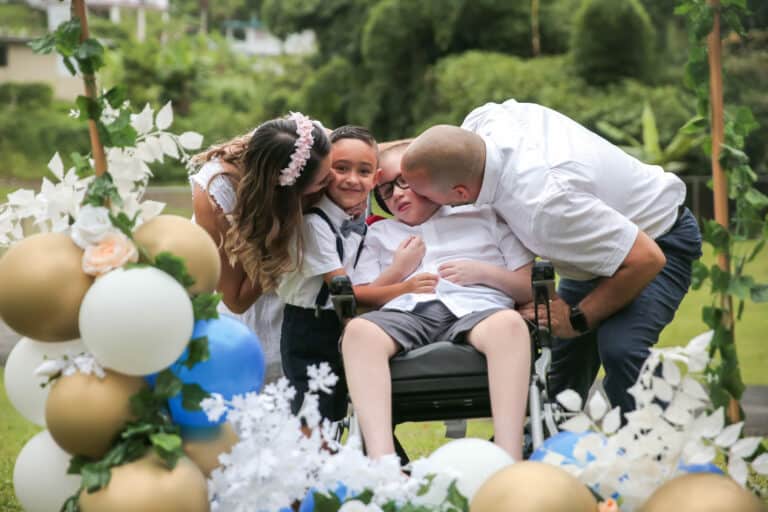
Jesus and Leamsie have two beautiful sons: Elian and Adrian. And after spending 323 nights at the Ronald McDonald House
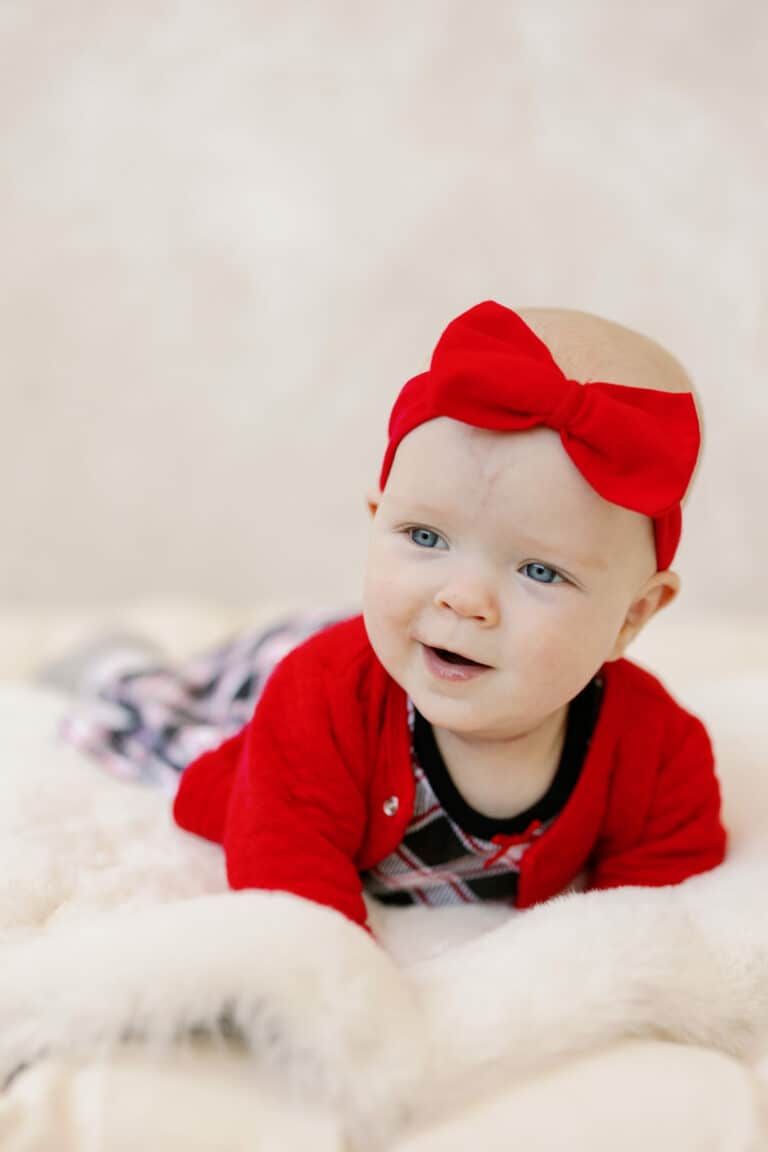
Evangeline means good news. For mom and dad, Karissa and Ryan, the good news had complications…and came three months early.
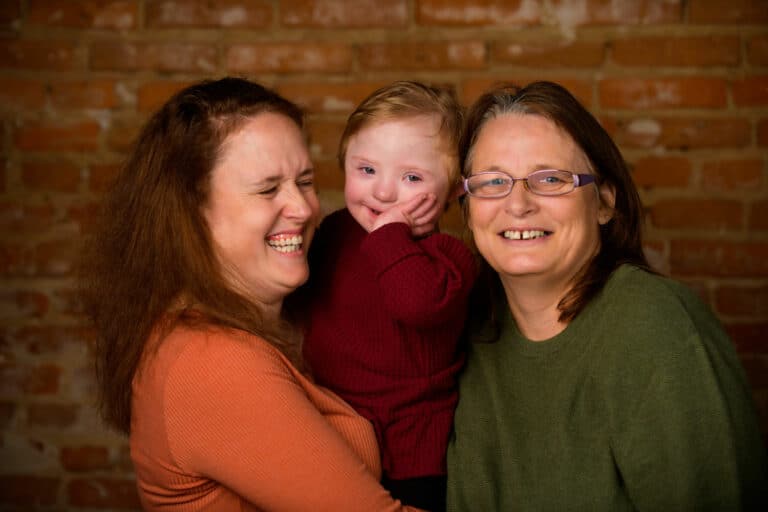
When MaryAnn became pregnant, she was both happy and shocked. However, her doctor declared her a high-risk pregnancy and referred
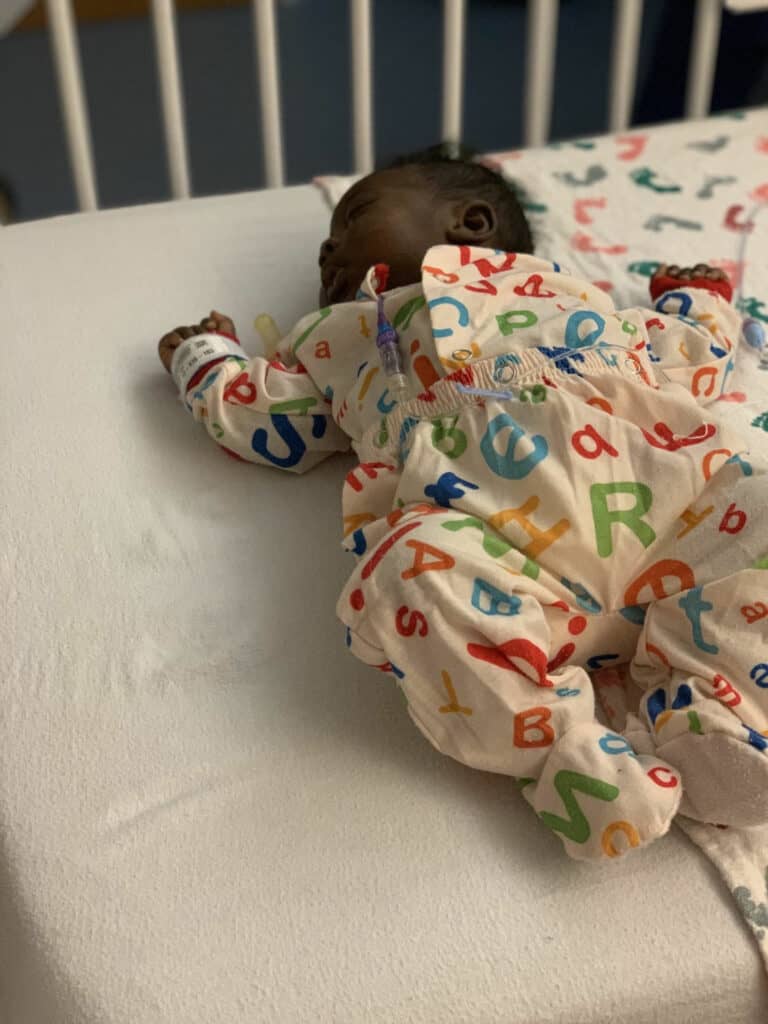
Ashley and Moses were flying high – their daughter, Fayth, was born and she was beautiful and in perfect health.
